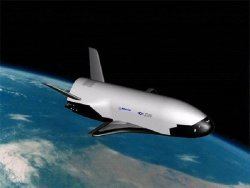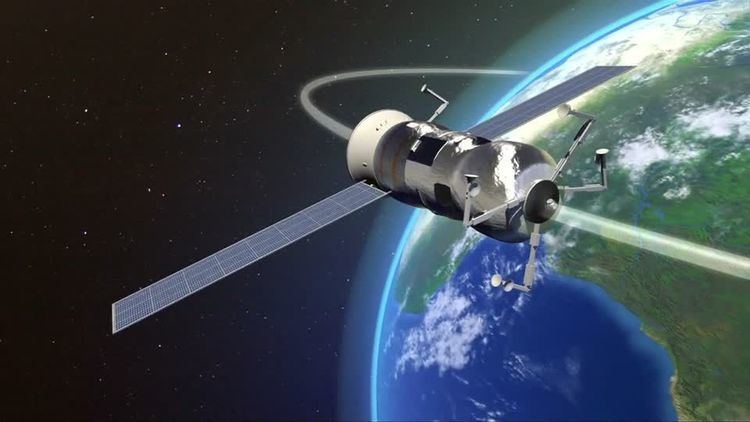 | ||
Similar SpaceX Dragon, Orion, Soyuz, Cygnus, International Space Station | ||
Nasa s new unmanned spacecraft marvels of engineering
Unmanned spacecraft are spacecraft without people ("man") on board, used for unmanned spaceflight. Unmanned spacecraft may have varying levels of autonomy from human input, they may be remote controlled, remote guided or even autonomous, meaning they have a pre-programmed list of operations, which they will execute, unless otherwise instructed by the Earth. Many habitable spacecraft also have varying levels of robotic features. For example, the space stations Salyut 7 and Mir, and the ISS module Zarya were capable of unmanned remote guided station-keeping, and docking maneuvers with both resupply craft and new modules. The most common unmanned spacecraft categories are robotic spacecraft, unmanned resupply spacecraft, space probes and space observatories. Not every unmanned spacecraft is a robotic spacecraft, for example a reflector ball is a non-robotic unmanned spacecraft.
Contents
- Nasa s new unmanned spacecraft marvels of engineering
- Examples
- Selected Lunar probes
- Mars probes
- Venus probes
- Gas giant probes
- Comet and asteroid probes
- Solar observation probes
- Other Solar System probes
- Technology demonstrators
- References
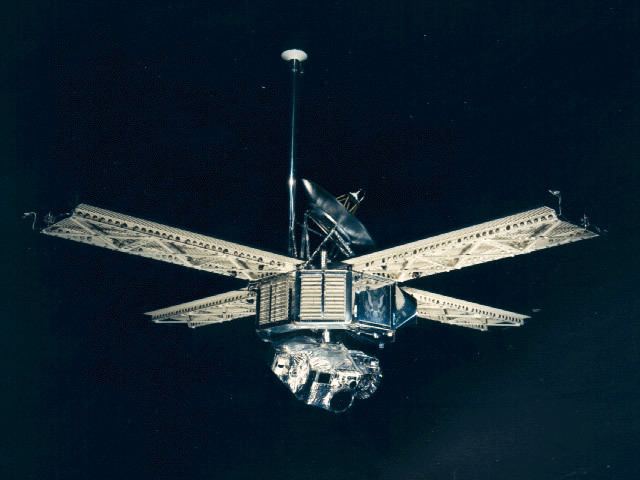
Examples
For a more detailed list see List of Solar System probes.
Selected Lunar probes
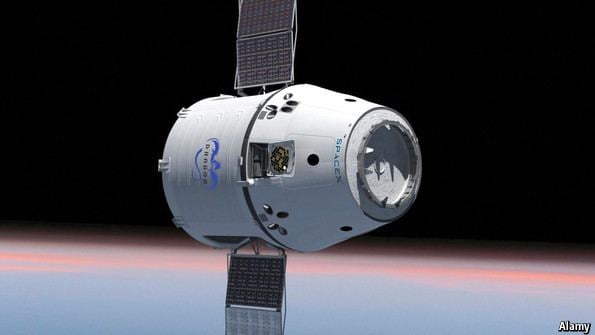
Mars probes
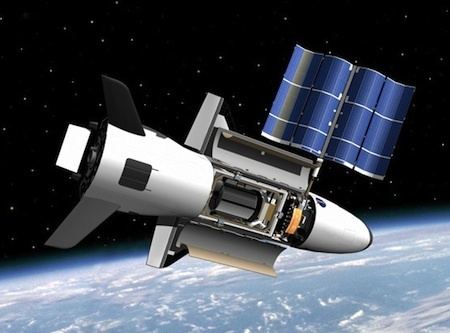
Venus probes
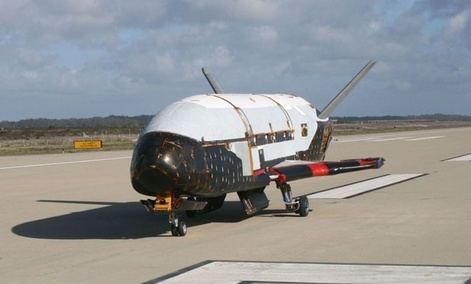
Gas giant probes
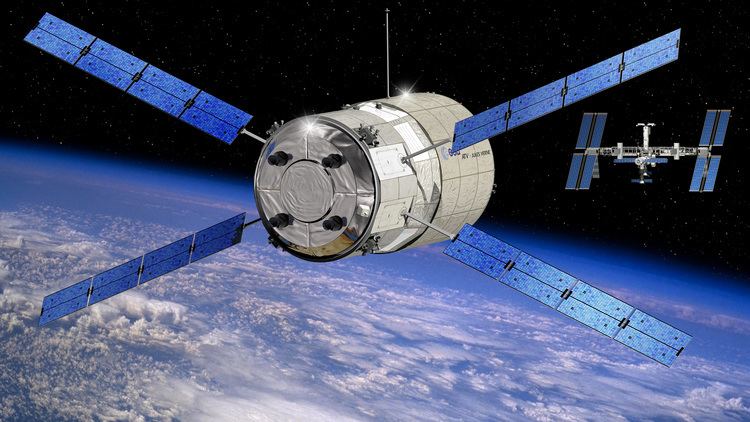
Comet and asteroid probes
